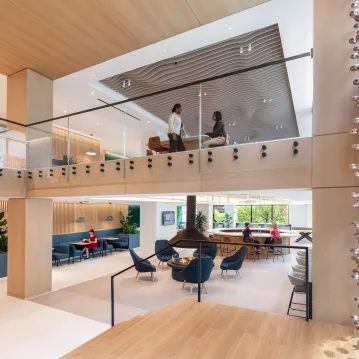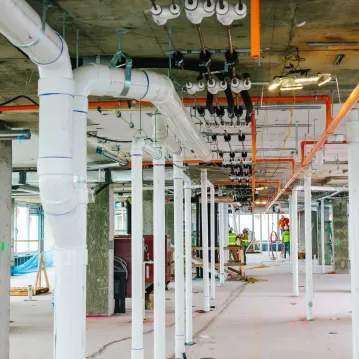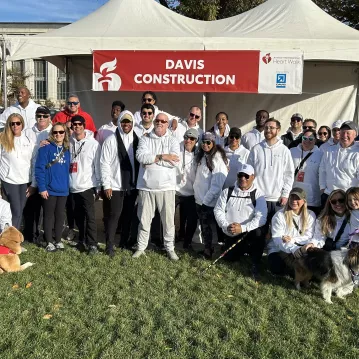Building Secure Spaces with the Perfect Execution

The U.S. Department of Defense’s term for a secure room can be a data center or SCIF (Sensitive Compartmentalized Information Facility) that guards against electronic surveillance and suppresses data leakage of sensitive military and security information. SCIFs are used to deny unauthorized personnel, such as foreign intelligence services or corporate spies, the opportunity for undetected entry into facilities for the exploitation of sensitive activities.
Is there such a thing as a perfect project execution?
Executing anything perfectly is an ambitious goal in construction. Yet, by implementing a comprehensive approach, teams can come remarkably close. The journey begins with the initial assessment phase, a crucial stage where the methodologies and procedures required to address the unique challenges of each project are identified.
A well-crafted site logistics plan and a project execution plan are essential. These plans must encompass additional inspections mandated by the Site Security Officer (SSO), Accrediting Official (AO), and relevant testing agencies (intrusion, acoustical, and radio frequency). These inspections are seamlessly integrated into the jurisdiction having authority (JHA) inspections, ensuring compliance with both regulatory and project-specific requirements.
Security Requirements to consider for your next project:
- End User and Review Teams
- Identify the end user. Has the AO or SSO team reviewed the project details? Have they confirmed the sound group and radio frequency (RF) requirements?
- Accrediting Official (AO)
- Determine the AO for the project and establish their role in the process.
- Inspecting Agency
- Identify the agency responsible for inspections and ensure their requirements are met.
- Personnel Requirements
- Verify US citizen or person requirements. Who and how will we validate these requirements?
- Identification
- Confirm acceptable forms of identification: identification cards, birth certificates, licenses, passports.
- Technology Usage
- Decide if technology (phones/computers/iPads) will be allowed in the space during construction.
- Security Guards
- Determine if the client will provide security guards and at what ratio to the number of work workers.
- Scheduling and Reporting
- Provide a schedule showing manpower reports and a three-week look ahead (e.g., Week 1: 25 workers, Week 2: 35 workers).
- Decide on the escort ratio (e.g., one escort for every three or four workers or an escort in every corner for line-of-sight monitoring).
- Security Checklists
- Review the security checklists at the end of ICD 705 intended for end users.
Effective communication and ongoing education/training are at the heart of our process. Daily communication channels keep all stakeholders informed about the procurement process and key milestones. A thorough schedule ensures proactive planning and mitigates potential delays, fostering collaboration and alignment among all parties involved.
Implementing mockups for challenging existing conditions and scheduling regular pull planning meetings are additional critical elements. These meetings invite all parties to contribute, ensuring stakeholder involvement throughout the project lifecycle. This approach integrates their insights and perspectives into decision-making processes.
Selecting and onboarding experienced trade partners from project inception to completion is crucial. By leveraging the collective knowledge and skills of the team and industry partners, exceptional results are achieved. This collaborative effort ensures the trust and communication of all parties involved.
Through planning, robust security protocols, effective communication, and expert collaboration, you can construct secure facilities that are successful for all. Visit our Secure Spaces page to learn more about how DAVIS takes on these highly specialized projects.
Recommended Reads

Q1+Q2 2025 | Market Report

State of the Market Report



